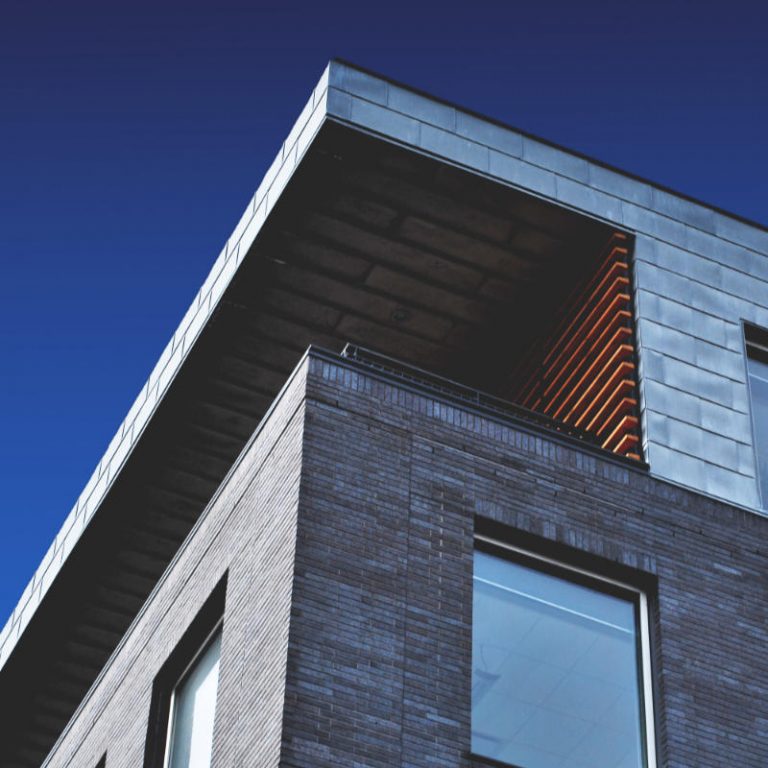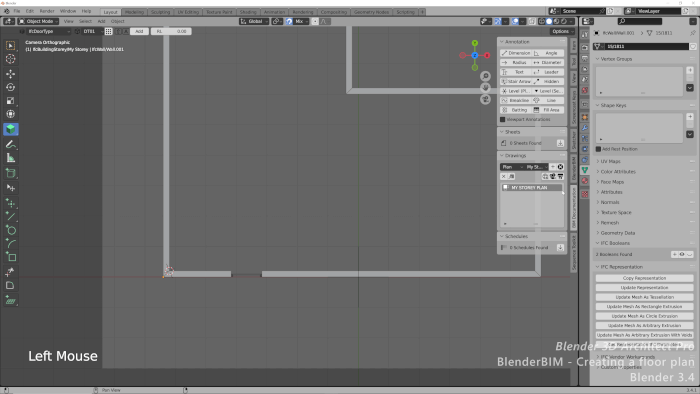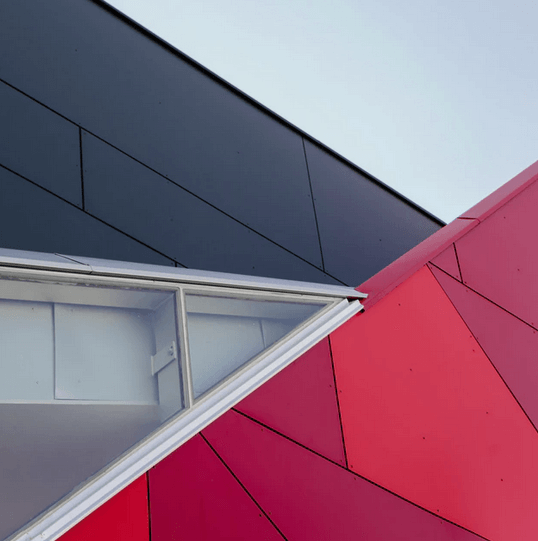
If you missed any of our articles from last week in Blender 3D Architect, you now have the chance to view a summary of all the content we posted. Among the materials, you will always find content related to architecture, furniture models, and Blender news.
Here is a list of articles from last week:
- How to install VI-Suite 0.6 in Blender?
- How to download content from Blender 3D Architect Pro?
- Comparing Cycles and LuxCore for architecture
- 25 Free PBR materials for interiors
- List with Free Open-Source Software for CAD and design
As a highlight, we can easily point to a great resource available to collect 25 free PBR textures for architecture. You should not miss a useful list of open-source software for CAD and Design.
We also posted a detailed overview of how to download assets and tutorials from Blender 3D Architect Pro to help you understand how it works.




